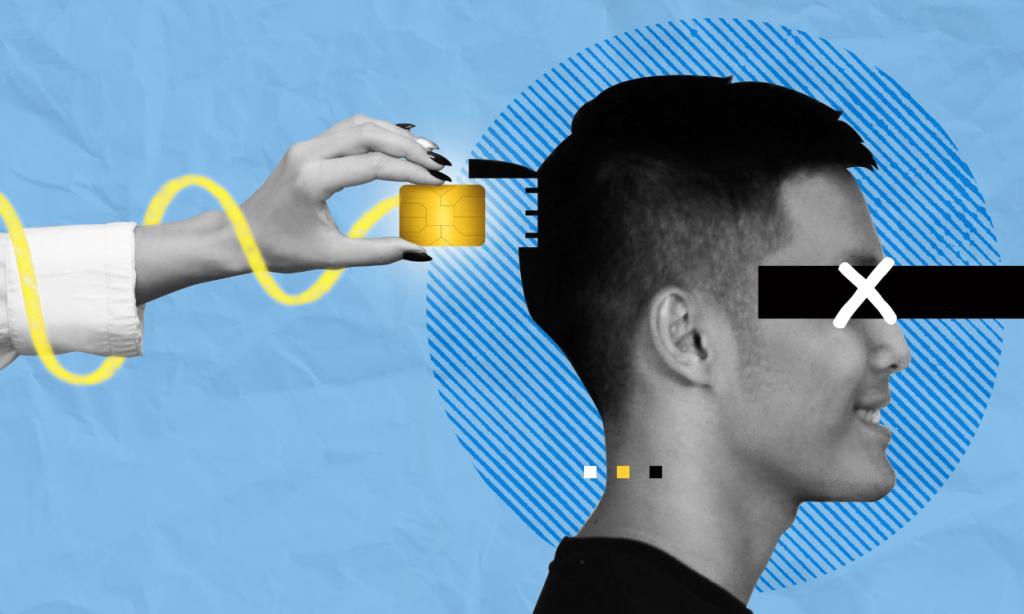- Elon Musk's Neuralink's objective is to use brain implants to let paralytic patients to interact with digital interfaces.
- Back in February, the company got Noland Arbaugh as its first human trial for the technology.
- A couple of weeks after the surgery, a couple of the implant's threads have now detached from the brain.
When talking about Brain-computers or anything as bizarrely cyberpunk-y, Elon Musk-led Neuralink’s first brain chip is at the forefront of it all. Back in February, 29-year-old Noland Arbaugh, the first human to go through this trial, underwent surgery that attached a Neuarlink implant to his brain.
This implant helps those with Quadriplegia (a pattern of paralysis) control digital interfaces with nothing but just their thought. Well, now, the company reported that a number of threads of this implant have now “retracted” from his brain.
The device consists of 1024 electrodes which are connected by 64 thinner-than-human-hair threads. These threads monitor the patient’s neural activity and then convert them into computer commands, which lets them to use such devices with ease.
However, this retraction of threads from Noland’s brain has resulted in a net decrease in the number of functional electrodes. That automatically impacted the BPS (Behavioural and psychiatric symptoms) of the patient, which understandably means that the implant is not working as intended.
In an attempt to come up with a solution to this obvious setback, Neuralink has adjusted the recording algorithm and fine tuned the neural-to-digital signal translation techniques as well as enhanced the user experience.

Initially, Neuralink considered removing the implant, but decided against it for these adjustments and enhancements neutralized the supposed threat. So, Noland is not at risk anymore. He has also been optimistic about Neuralink’s potential and how it has allowed him to “play to his heart’s content”.
By now, there are a whole lot of videos and livestreams posted by Neuralink, showcasing Noland playing some chess and Mario Kart. However, during an interview with Neuralink, Noland stated that,
“Sure we’re still working out the kinks and stuff. But once we get this figured out, there’s no reason for the technology not to be out there.”
This definitely doesn’t sound right, right? That brings me to the fact that,
Is Neuralink Rushing to Make the Chip Commercial?
This entire malfunction marks a very important milestone in the company’s journey, which started back in 2016. However, it was only last year that the company received FDA approval after rigorous animal testing. It was right after that Noland officially became the very first human trial to go through it.
Although the malfunction fortunately didn’t have a negative impact on Noland’s well-being, I don’t think I like the idea of there being pieces or threads of the Neuralink implant floating in my brain. While I understand the idea of finding solace in technology like this that promises a better life, is it worth risking your life for it?
While this malfunction may have been a minor setback, it does raise concerns about the ultimate safety of such technology. Having something like this chip, which has been put together using minuscule components, lodged in my brain doesn’t sound all too appetizing to me, in all honesty. Yes, you may live the cyberpunk dream as it does open doors to that possibility, but at what cost?
What do you think? Do let me know in the comments down below.


















